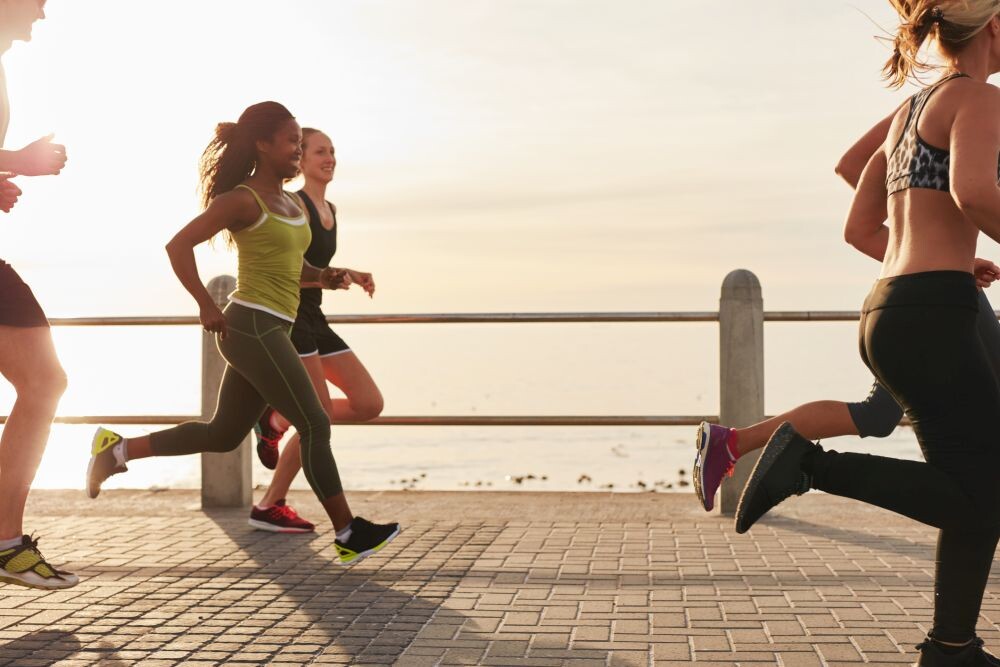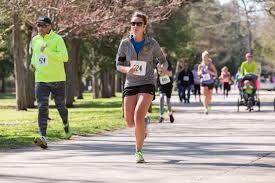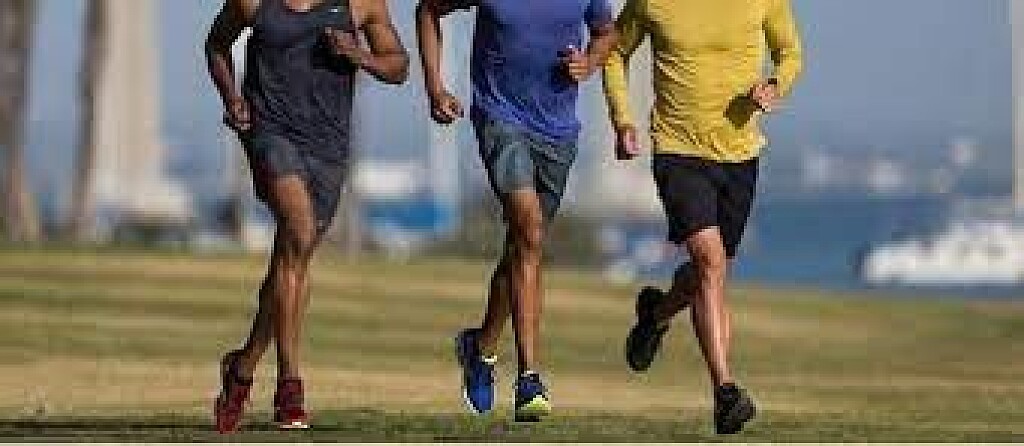Running News Daily
Running News Daily is edited by Bob Anderson. Send your news items to bob@mybestruns.com Advertising opportunities available. Train the Kenyan Way at KATA Kenya and Portugal owned and operated by Bob Anderson. Be sure to catch our movie A Long Run the movie KATA Running Camps and KATA Potato Farms - 31 now open in Kenya! https://kata.ke/
Index to Daily Posts · Sign Up For Updates · Run The World Feed
Are you a shuffler or a bouncer, and does that matter?
Do you tend to drive your knees up high and get a lot of air when you run, or do you prefer to keep your feet closer to the ground? We tend to focus a lot on the elements of good running form and which stride patterns are better than others, but in this case, there may not be one right answer. According to new research, whether you’re a bouncer or a shuffler doesn’t appear to have any effect on your overall running economy.
The study

According to the authors of the paper, published in the International Journal of Sports Physiology and Performance, runners employ different strategies to lower their energy costs. Runners who keep their feet closer to the ground rely more heavily on strategies that propel them forward, while runners who get more air time focus on rebound strategies to get them to the finish line. We tend to think of runners who get more air time as stronger, more efficient runners, but is that truly the case?

The researchers recruited 52 trained runners (31 males and 21 females) to answer this question. Each participant completed a series of short treadmill runs at increasing speeds with two minutes of recovery between each. While they were running, the researchers measured their rate of oxygen consumption as a way to assess their overall running economy. A higher rate of oxygen consumption indicated a lower running economy. Markers were then placed on the participants so the researchers could assess their running kinematics in a separate series of tests to collect three-dimensional kinematic data for each participant.
Shuffling vs. bouncing
After analyzing their data, the researchers found that the amount of air time the participants had while running did not appear to affect their overall running economy. In other words, it didn’t matter whether they were shufflers or bouncers, or somewhere in-between. “Therefore, there is no advantage of choosing, favouring, or prescribing one specific global running pattern based on [these] metrics,” the researchers concluded.
The authors of the study continue to say their findings are consistent with work done by earlier researchers, which suggested that runners subconsciously adopt the ideal running biomechanics (stride length, stride frequency, contact time and leg stiffness) for them, a concept known as self-optimization.
These results lead the researchers to one final conclusion: “There is no advantage of choosing, favouring, or prescribing one specific global running pattern along a continuum based on [these] metrics. Therefore, coaches should not try to modify the spontaneous running pattern of runners at endurance running speed to improve RE (running economy).”
Should you ever try to change your stride?
This is not a straightforward question. As more research is done, it’s becoming increasingly evident that there is no one optimal way to run. Yes, there are certain characteristics of running form that are undesirable (like overstriding, pelvic drop or severe hunching of the shoulders), but generally, these issues cannot (and should not) be fixed by actively trying to change your running form. Instead, doing regular drills, stretches and a targeted strength training routine will help your body find its optimal running form on its own.
If you’re concerned about your running form, speak with a physiotherapist who specializes in running, or a coach who is trained in running biomechanics, to help you devise a stretching and strength-training routine to help you improve your running economy.
by Brittany Hambleton
Login to leave a comment
Muller Indoor Grand Prix Birmingham
The Müller Indoor Grand Prix Birmingham is one of the leading indoor meetings in the world with world-class athletics as part of the World Indoor Tour Gold series. The event will be staged at its traditional home at Utilita Arena Birmingham setting the tone for what is set to be an incredible year of track & field. ...
more...




